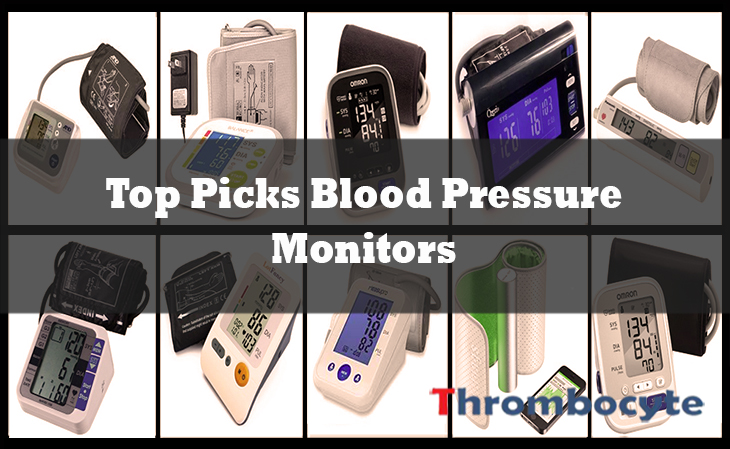Potential Nutrient Deficiencies
The Vitamin Deficiency
Vitamin D
VITAMIN D is a fat-soluble vitamin that is essential for the regulation of calcium and phosphorus levels in the body. It helps to promote the absorption of calcium and phosphorus from the intestines, which contributes to bone health and growth. VITAMIN D is also important for immune function and has been associated with reduced incidence of certain diseases such as multiple sclerosis, depression, and some types of cancer.
The recommended daily intake of VITAMIN D varies according to age and gender. The following are the recommended daily intake for different age groups:
– Infants 0-12 months: 400-1000 IU/day
– Children 1-18 years: 600-1,000 IU/day
– Adults 19-70 years: 600-800 IU/day
– Adults over 70 years: 800-1000 IU/day
NOTE: Some people may need higher VITAMIN D intake, such as those who have limited exposure to sunlight, have dark skin, are obese, or have certain medical conditions. It is always recommended to consult a healthcare provider about the proper dosage of VITAMIN D supplements.
The Mineral Deficiency
Sodium
SODIUM is a mineral that plays an important role in regulating the fluid balance in the body, as well as maintaining healthy nerve and muscle function. It is an electrolyte that helps to balance the levels of water and ions within cells and in the bloodstream.
The American Heart Association recommends a daily intake of no more than 2,300 milligrams (mg) of SODIUM for most adults. For individuals with high blood pressure, heart disease, diabetes, or other health conditions, the recommended intake may be lower.
NOTE: Consuming too much SODIUM can lead to high blood pressure, which can increase the risk of heart disease and stroke. It is important to maintain a balanced intake of SODIUM as part of a healthy diet. It is also helpful to check food labels and choose low SODIUM options whenever possible to stay within the recommended daily intake.
- READ MORE




